Sublime Strokes of Han Bixing
by+Ji+Lin
At first sight, he looks like a northerner: tall and strong, with bushy eyebrows and large eyes – but not even close. He is a native of Cangnan County in Wenzhou, Zhejiang Province – an area renowned for its businessmen rather than artists.
Han Bixing showed great interest in calligraphy by age 7. By 11 he had become locally famous as a “child calligrapher” for his beautiful script. He was often invited to write couplets on festive occasions or for weddings and funerals. Eventually, he started charging a fee for providing calligraphy services on the street.
“I enjoyed the sense of achievement even though I made less than two cents for a couplet,” Han grins. “My father was the only person supporting the family. I felt a duty to share the burden even though I was one of the younger children.”
At 20, Han Bixing headed to Tianjin and learned calligraphy from Gong Wang(1914-2001), a master. He practiced by replicating inscriptions on tablets, especially those in clerical script, an ancient style of calligraphy popular during the Han Dynasty (206 B.C. – A.D. 220). Later he was mentored by Liu Bingsen, another master calligrapher, and continued focusing on clerical script: solemn yet ingenious, traditional yet modern.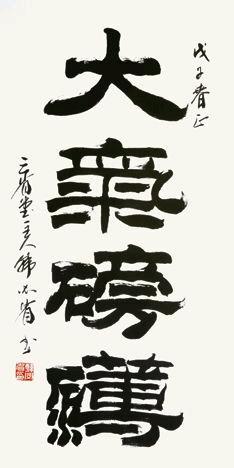
Han Bixings painting progressed by leaps and bounds. He began by studying the work of Liu Kuiling (1885-1967), a modern master of animal painting. Later, he developed his own style of depicting animals, landscapes, flowers, and birds. His talent and skill are most apparent in his brushwork on monkeys, vivid and lovely. His primates appear so realistic that viewers are tempted to reach out and touch them, which inspired his nickname: “Monkey King.”
Of Han, Feng Jicai, an eminent Chinese writer, commented, “He imitates the work of masters in spirit rather than just technique. His paintings are clear, his ink rich with subtext, sharply contrasting those flaunting flippancy in the modern era. His work covers a wide range of topics in his own language.”
Two decades of dedication are paying dividends. His work was featured on CCTV and exhibited at an international exhibition of calligraphy and painting in South Korea. He was listed among Chinas Top 60 Painters in 60 Years, a large-format picture album published by the Ministry of Culture in commemoration of the 60th anniversary of the founding of New China. His calligraphy was even gifted to former French President Jacques Chirac.
Over the last few years, Han has continued his unremitting efforts to further the development of Chinese painting. He established an art gallery to showcase and sell masterpieces by famous Chinese art- ists. Like his art, Hans business is blooming as he follows Confucian philosophy to popularize traditional Chinese art.
He named his art gallery “Three Reflections,” which refers to reflections on his business, social ethics, and art, aiming to establish a platform to display truths, make friends through calligraphy and painting, and operate an honest business, winning praise from master painters and calligraphers, including Xiao Lang, Yan Baozhen, Han Tianheng, and Liu Wensheng, who have entrusted his gallery with their work.
Han Bixing has always been enthusiastic about public welfare. In 2002, he donated money to an organization studying stem cells. In 2004, as a co-founder of an educational charity, he provided financial support for students from poverty-stricken families. In 2005, he joined several painters and calligraphers in donating work to benefit victims of the tsunami in Southeast Asia and published a picture album. In 2006, he donated money to victims of catastrophic typhoon Saomai. In January 2007, he contributed a realist traditional Chinese painting to a charity drive organized by China Foundation for Poverty Alleviation. Several months later, he donated another painting, Twin Apes, valued at 300,000 yuan, to an educational aid campaign.
He has also served as a volunteer teacher at the China Future Children Center and as a guest professor at the Chinese Culture Institute. He teaches adult students calligraphy and painting during his spare time.
Over the last 20 years, Han Bixing has absorbed others strengths to enrich his own creation, forming a style characterized by elegant aesthetics, fine and smooth. His work is enjoyed by academics and mainstream enthusiasts alike.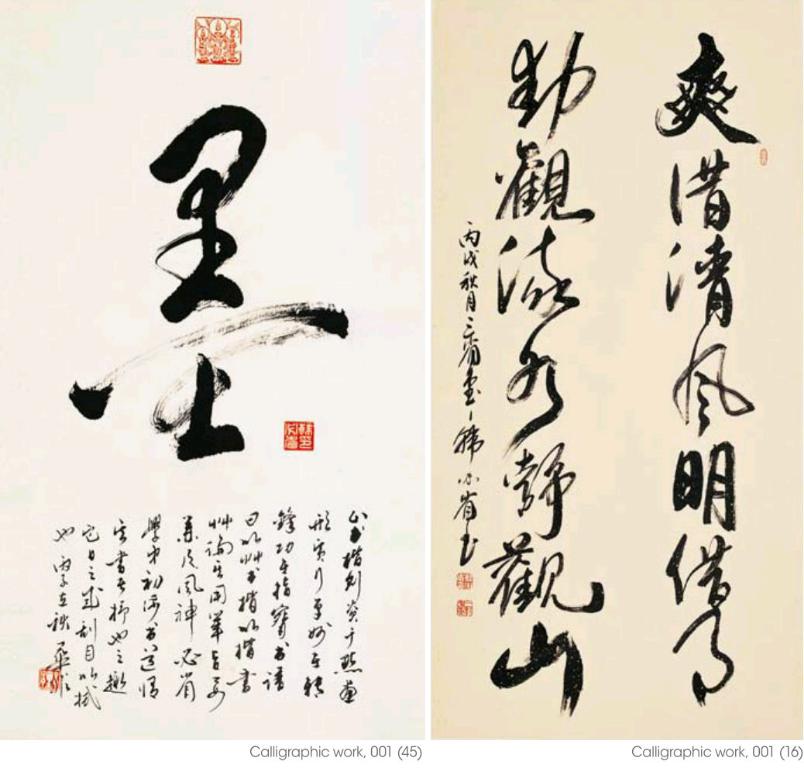
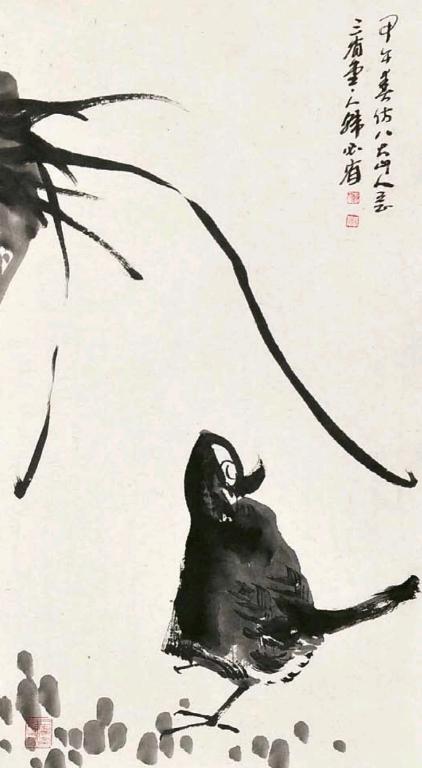
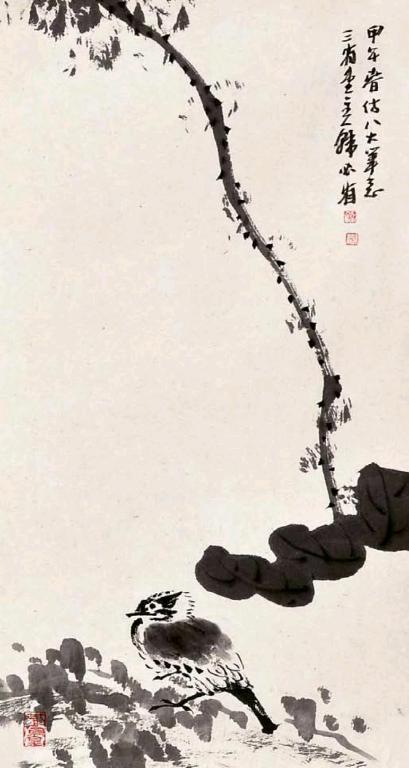
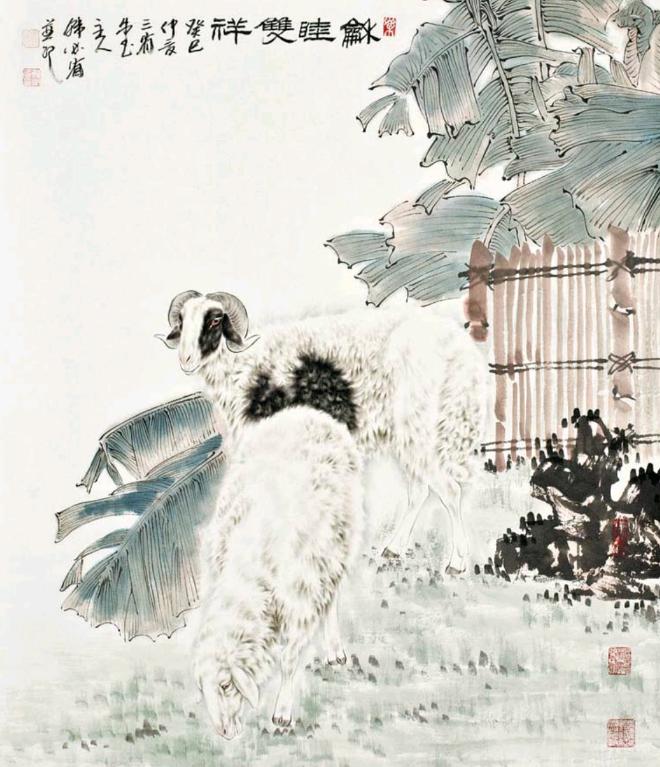
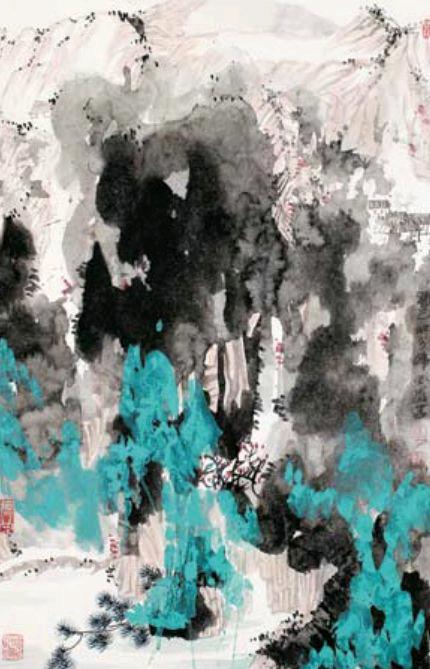
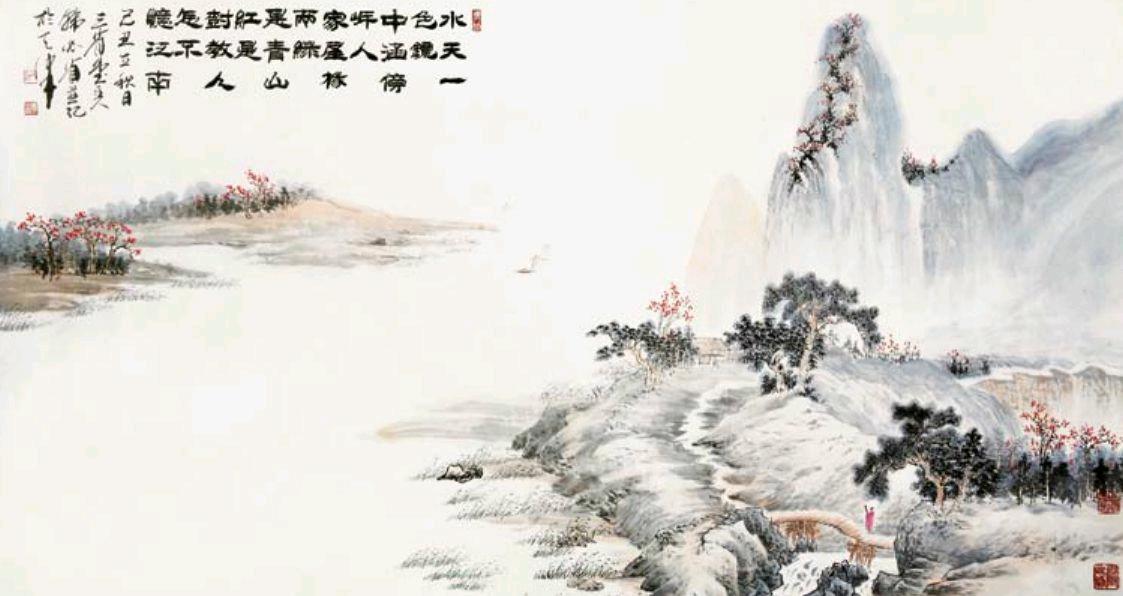
Han Bixing, a native of Cangnan County, Wenzhou, Zhejiang Province, was born in 1966. Founder of Three Reflections art gallery, Han also serves as member of the 12th National Committee of the Chinese Peoples Political Consultative Conference, director of the Hainan Creation Center under the Chinese Artists Association, and member of the Chinese Calligraphers Association. Over his three-decade career, Han has studied with renowned artists including Gong Wang, Xiao Lang, Sun Qifeng, Hua Fei, and Liu Bingsen. His work has been displayed many times at home and abroad, earning acclaim from domestic and foreign critics. Several of his pieces have been acquired by celebrities and art museums.
